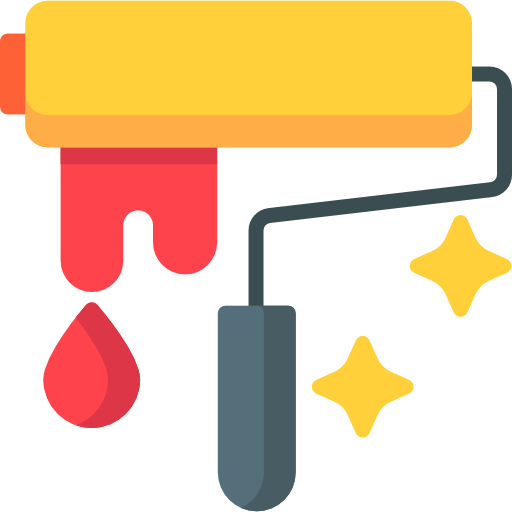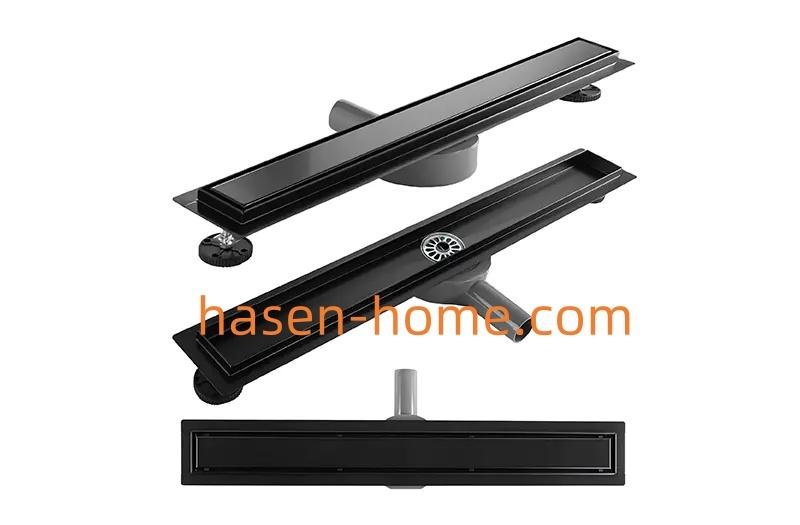Technological Innovations in Turning Tools Design and Materials
Turning tools come in various types, each designed for specific machining operations and materials. Understanding these tools and their applications is essential for manufacturers to optimize productivity and achieve desired results. Broadly, turning tools can be categorized into single-point tools, multi-point tools, threading tools, grooving tools, and parting tools.
Single-point turning tools are commonly used for general turning operations. They remove material by moving along the workpiece surface, producing cylindrical shapes. These tools are versatile and can perform roughing and finishing operations depending on their geometry and material. They are typically used in lathes and CNC machines for machining metals, plastics, and composites.
Threading tools are specialized turning tools used to create internal and external threads. These tools require precise angles and cutting edges to produce threads that fit accurately. Threading tools are essential in manufacturing fasteners, pipe fittings, and mechanical components where precision is critical. The design of threading tools ensures minimal tool wear and consistent thread quality.
Grooving tools are designed to cut narrow slots or recesses on the workpiece surface. These tools are used for creating retaining rings, O-ring grooves, and decorative designs. Grooving tools require robust construction to withstand cutting forces, especially when machining hard materials. Proper selection and alignment are necessary to prevent tool deflection and achieve clean, accurate grooves.
Parting tools, also known as cutoff tools, are used to separate a finished component from the remaining stock. They are thin, rigid tools that can withstand significant lateral forces during cutting. Parting operations require careful speed and feed control to prevent tool breakage and maintain smooth surfaces at the separation point.
Boring bars are a type of turning tool used to enlarge existing holes and achieve precise internal diameters. They are widely used in engine components, cylinders, and mechanical assemblies requiring tight tolerances. Boring operations demand high rigidity, accurate alignment, and suitable cutting materials to prevent vibration and maintain surface finish.
Cutting tool inserts are another important category. These replaceable tips allow quick tool changes without the need for regrinding. Inserts come in various shapes and materials to suit different turning operations, such as roughing, finishing, threading, and profiling. Coated inserts enhance wear resistance and heat tolerance, improving productivity and tool life.
Modern turning tools market share are often optimized for CNC operations. Their geometries, coatings, and materials are designed to handle high-speed machining and automated processes. CNC integration allows precise control over tool paths, cutting forces, and speeds, resulting in consistent and repeatable results.
In summary, turning tools encompass a wide range of designs and applications. Selecting the right tool for the operation and material ensures efficiency, precision, and surface quality. From single-point tools to grooving, threading, and parting tools, each type plays a crucial role in modern machining, making turning tools an indispensable part of manufacturing.







